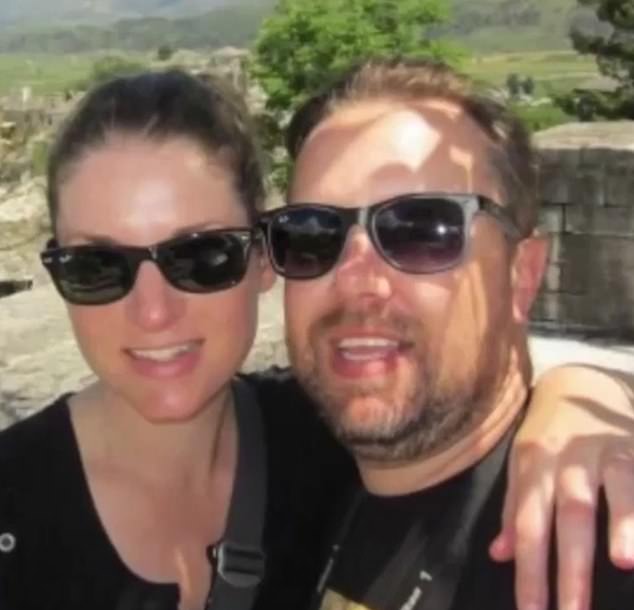Prince Charles Hospital Brisbane fungal cluster: Muhammad thought his life was on the up after a life-saving heart transplant, but within weeks, the hard-working GP was dead. He’s just one of a ‘cluster’ of Australians to suddenly fall ill and die
A grieving family is demanding answers after a beloved doctor and heart transplant patient is believed to have become the first victim of a deadly mold cluster at a major hospital.
Dr. Muhammad Hussain, 55, was given a second chance at life when he received a heart transplant at Prince Charles Hospital in Brisbane in May, but he quickly fell ill after the operation.
After months in and out of the hospital, he succumbed to multiple complications on September 20. He appears to be the first fatality of the five transplant patients exposed to the fungal spores.
Heart transplant patient Dr. Muhammad Hussain has died from complications due to a fungal infection
This week it was reported that fellow heart transplant recipient Adam Retmock, 45, was also the victim of a fungal infection that led to his death on Friday.
Dr Hussain’s 23-year-old daughter Muskaan Hussain has demanded why her family and others were not informed about the fungal infections until the day it appeared in the media.
“We were contacted by a doctor at Prince Charles Hospital hours before it was revealed in the media,” she told Seven News.
She said the hospital’s communication was “quite lacking.”
“I felt like they weren’t as forthcoming as I expected,” she said.
“I feel like I still have a lot of questions.”
Ms Hussain said her father would be missed by hundreds of patients at his Moreton Bay practice in Mango Hill.
Mr Retmock’s family also said he only learned of the potentially fatal infection while watching the news in hospital after his transplant, and that his doctors had not told him.

Muskaan Hussain said the hospital’s communication with the family left much to be desired
“He should have known from the hospital because he was a very brave person,” Ms Retmock said.
‘I would like there to be perhaps better communication with the other families who are still involved, and all the information to be explained more clearly to them.
“I will miss him forever.”
Queensland’s opposition targeted Health Minister Shannon Fentiman in Parliament, asking her why those potentially exposed to mold were not notified by the hospital.
She said the head of the transplant unit had assured her that he had spoken directly to patients about the cluster, “and if that hasn’t happened, I want to really apologize again.”
It was reported by 7News that a high level of mold was found in the area where equipment used to retrieve transplant organs was stored, although this was not confirmed by the hospital.

Adam Retmock, 45, was one of five patients at Prince Charles Hospital affected by the infection cluster and the second to succumb to the disease
A hospital spokesperson said reviews of the cases involving fungal infections were at an ‘early stage’.
“Despite extensive testing, no link has been established between the fungal infections identified in the five heart transplant patients and the hospital,” they said.
‘Transplant patients are among our most vulnerable patients and can be susceptible to various diseases and infections in the community, especially once they return home.’
All affected patients received prophylactic antifungal treatment.
Early analysis identified four different fungal infection strains in the five patients, only one of which was the strain found at Prince Charles Hospital.
One transplant patient with that strain remains in the hospital.

Ms Hussain (pictured with her father Muhammad) said the hospital only informed the family of the possible fungal infection hours before a media report
